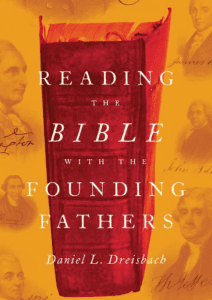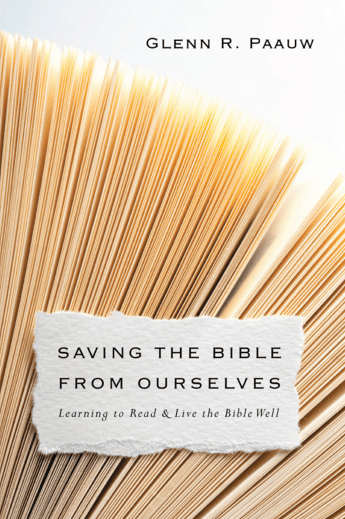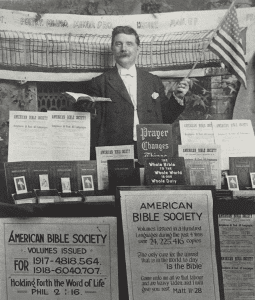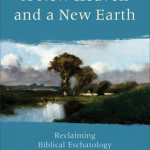 Jonathan Edwards, says one scholar of Edwards, “devoted most of his waking life to meditating on Scripture… praying fervently for the Spirit’s help interpreting and applying the Bible” (169, from The Theology of Jonathan Edwards, ed. M.J. McClymond, G.R McDermott). I wonder, and perhaps you do, how much the current pastor reads the Bible — devoting “most” of one’s “waking life” to the Bible. There is no doubt that the pragmatics and professionalization of the modern pastorate makes that kind of life almost impossible.
Jonathan Edwards, says one scholar of Edwards, “devoted most of his waking life to meditating on Scripture… praying fervently for the Spirit’s help interpreting and applying the Bible” (169, from The Theology of Jonathan Edwards, ed. M.J. McClymond, G.R McDermott). I wonder, and perhaps you do, how much the current pastor reads the Bible — devoting “most” of one’s “waking life” to the Bible. There is no doubt that the pragmatics and professionalization of the modern pastorate makes that kind of life almost impossible.
And how good is that for the church?
The authors estimate that Edwards wrote more than 5000 pages of printed material as exposition of Scripture. This all goes back to a resolution he made as a young man to spend his life studying Scripture. This posture of his led to his Bible reading being a sensate experience — spirit laid on spirit. Some have said Edwards was pre-critical, but another scholar (Robert Brown) said Edwards’ approach should be called “hybrid traditionalism,” and the interesting thing is that he tended to use modernist methods to prove traditionalist conclusions.
He struggled to defeat Enlightenment deists, Roman Catholics, and hyper evangelicals who are more or less something like rhema word interpreters today.
Back to that sensate reading: he sought a harmony between text and heart. He believed in divine illumination leading beyond the literal reading; “Spirit-empowered interpretation” and there was an inexhaustibility to Scripture. The authors of this book seem not to want to say too much, but they say Edwards tilted toward the spiritual. I’d say he did more than tilt. His “spiritual interpretation” permits the reader to put the Bible together. Of course, this sounds like the so-called “theological interpretation of Scripture” today as well as the narrative/Story approaches and it can sound like confessional approaches, but Edwards searched for what I would call a deeper sensate reading: an intellectual interiority of communion with God (as he understood God and God’s redemptive history in this world).
He was a typological reader — and the authors pull out a quote that shows Edwards saw types in every dimension of Scripture, and not only in things like cities and people and events, but also in the events in the life of Jesus. All of Scripture was captured and swallowed into a larger sense.
As compared with those who fought for “perspicuity” (text is plain and clear in its fundamental message) Edwards pursued the “fecundity” of Scripture.
Here’s how they sum it up: “Spiritually interpreted, the Bible became a pulsating, dynamic field of interacting signs” (180).











